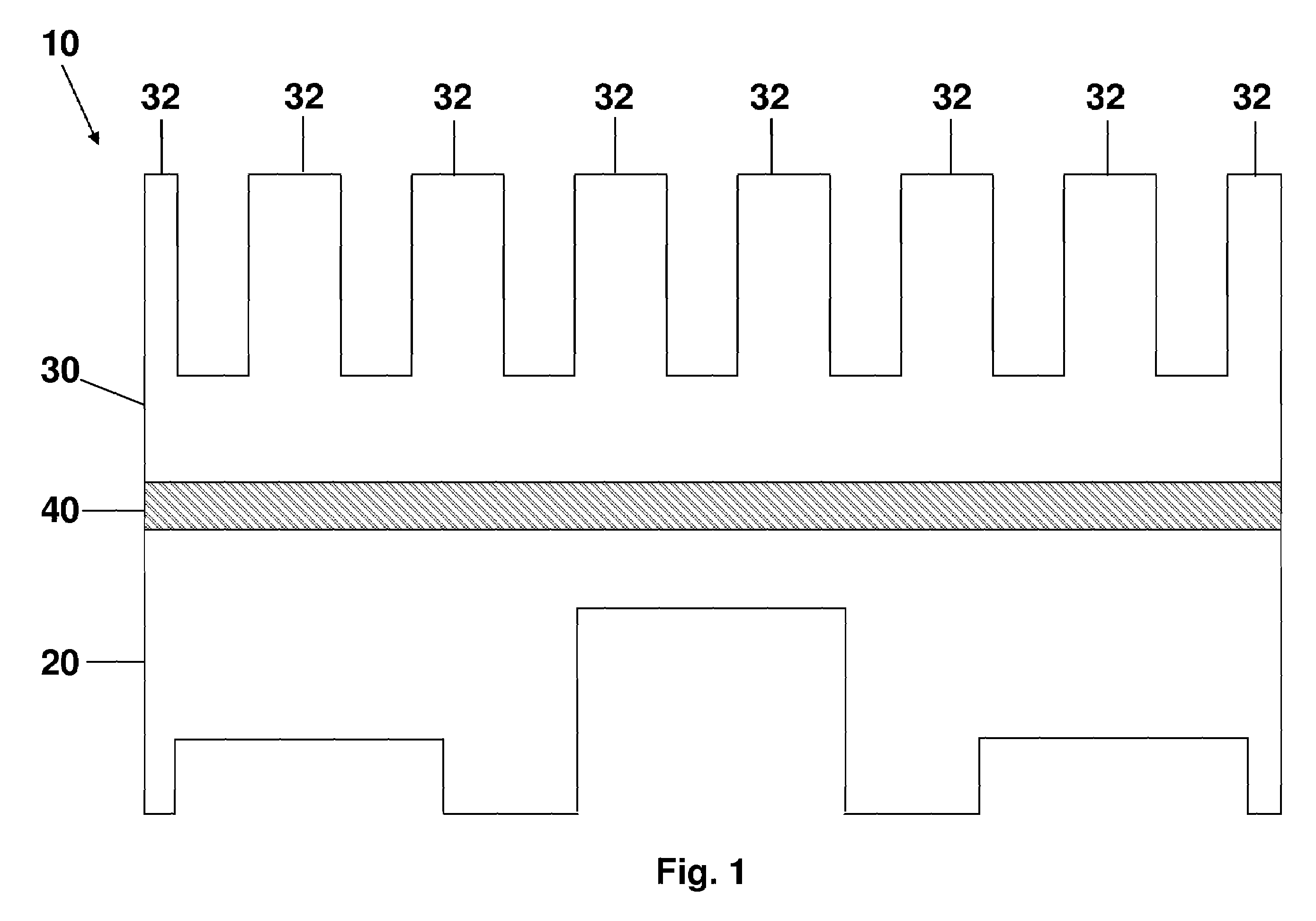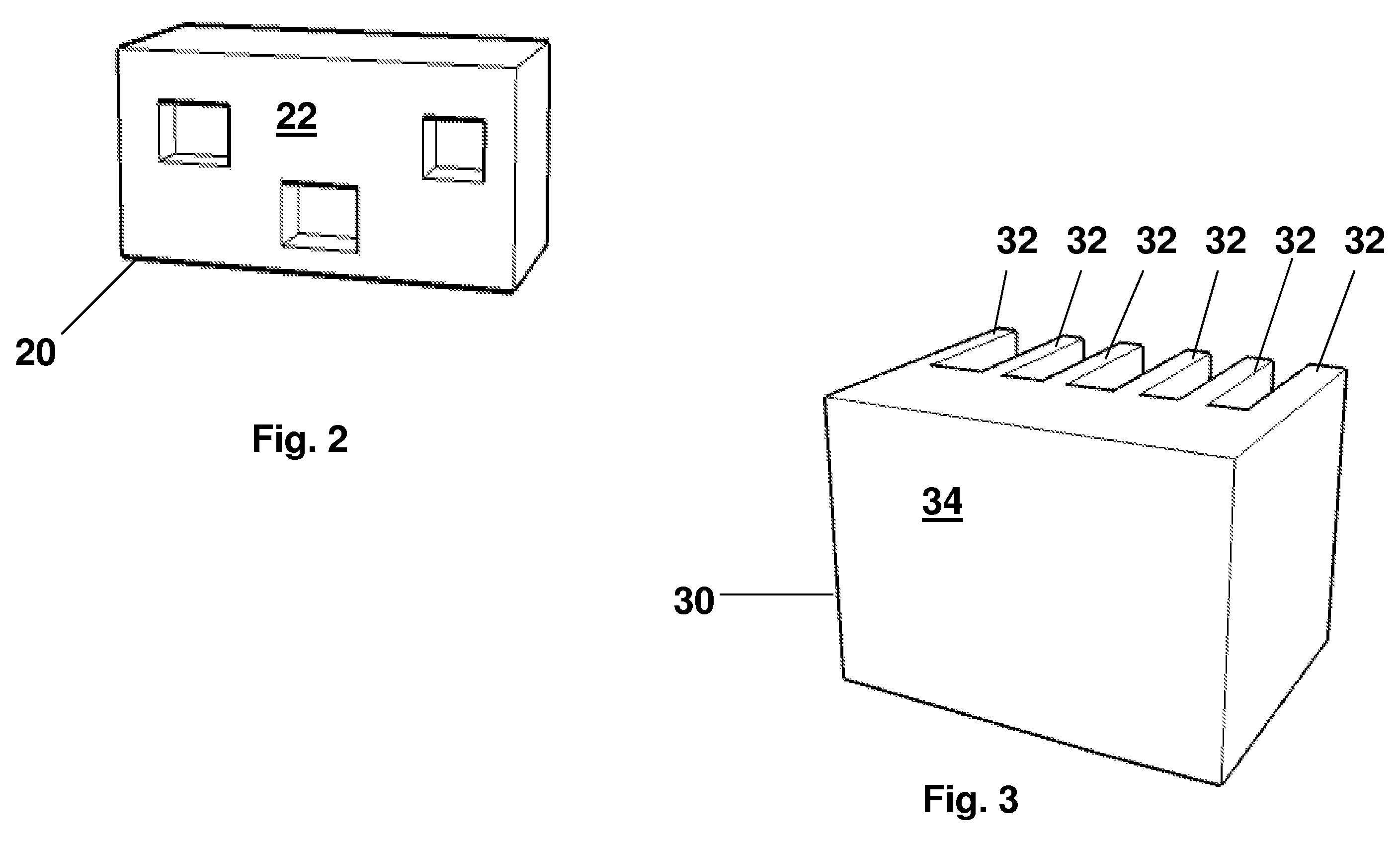Compound heat sink
a heat sink and compound technology, applied in the field of multi-element heat sinks, can solve the problems of reducing the performance of computing devices, deteriorating performance, and relatively low cooling efficiency of computing devices, and achieve the effects of less expensive, less heat dissipation, and light weigh
- Summary
- Abstract
- Description
- Claims
- Application Information
AI Technical Summary
Benefits of technology
Problems solved by technology
Method used
Image
Examples
Embodiment Construction
[0036]The compound heat sink in accordance with the present invention can improve both the performance and functional lifespan of an electronic device through the reduction of the operating temperature of the device. Specifically, the invention provides for greater reduction in the temperature of the electronic device than prior art die cast devices by permitting the use of an extruded heat dissipation element with improved spreading of the heat from the base element into the dissipation element. By providing the flexibility to closely mate with heat sources of differing profiles while maintaining the thermal conduction characteristics of extruded aluminum, the inventive heat sink can optimize thermal dissipation, whether in conjunction with the use of a fan or in a free convection environment.
[0037]In configurations including the use of a fan component, forced convection occurs as the fan imposes external motion onto the air. Forced convection provides for typically better cooling ...
PUM
| Property | Measurement | Unit |
|---|---|---|
| density | aaaaa | aaaaa |
| density | aaaaa | aaaaa |
| temperatures | aaaaa | aaaaa |
Abstract
Description
Claims
Application Information
 Login to View More
Login to View More - R&D
- Intellectual Property
- Life Sciences
- Materials
- Tech Scout
- Unparalleled Data Quality
- Higher Quality Content
- 60% Fewer Hallucinations
Browse by: Latest US Patents, China's latest patents, Technical Efficacy Thesaurus, Application Domain, Technology Topic, Popular Technical Reports.
© 2025 PatSnap. All rights reserved.Legal|Privacy policy|Modern Slavery Act Transparency Statement|Sitemap|About US| Contact US: help@patsnap.com



